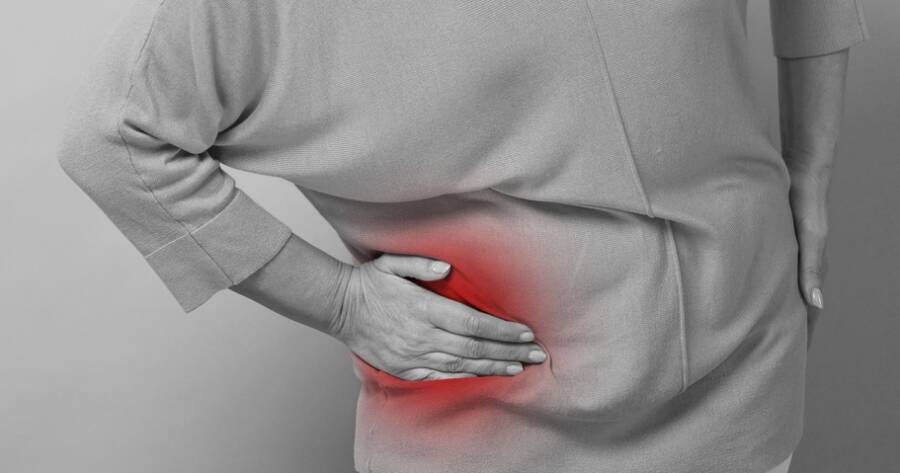Hip pain is a common condition that can affect mobility and quality of life. While several factors contribute to hip pain, being overweight or obese significantly increases the risk of developing hip discomfort. Excess body weight puts additional stress on the hip joints, accelerates wear and tear, and increases inflammation, all of which can lead to chronic pain and reduced function. Understanding how excess weight affects the hips and what can be done to alleviate discomfort is essential for maintaining joint health.
How Excess Weight Contributes to Hip Pain
Increased Pressure on the Hip Joints
The hip joint is a weight-bearing joint, meaning it supports a large portion of the body’s weight. Carrying extra weight places excess stress on the hip joints, forcing them to work harder to support movement and balance. Over time, this increased load can cause joint deterioration, cartilage breakdown, and inflammation, leading to chronic pain and stiffness.
Higher Risk of Osteoarthritis
Osteoarthritis is a degenerative joint disease that occurs when the protective cartilage in the hip joint wears down over time. Studies show that being overweight or obese significantly increases the risk of osteoarthritis, as the additional weight accelerates cartilage breakdown. Once the cartilage wears away, bones begin to rub against each other, causing pain, swelling, and stiffness.
Inflammation and Joint Pain
Excess fat tissue produces inflammatory substances called cytokines, which can trigger inflammation throughout the body, including in the hip joints. Chronic inflammation can contribute to joint pain, stiffness, and reduced range of motion, making everyday activities like walking, climbing stairs, or standing for long periods more difficult.
Changes in Posture and Gait
Carrying excess weight can lead to postural imbalances and changes in walking patterns, which can further strain the hips. Many overweight individuals develop a forward-tilted pelvis or an altered gait to compensate for the extra weight, leading to uneven pressure distribution across the hip joints. Over time, these changes can cause muscle imbalances, joint misalignment, and increased pain.
Other Conditions Linked to Weight-Related Hip Pain
Bursitis
The hip contains fluid-filled sacs called bursae, which help reduce friction between bones and soft tissues. Excess weight can place pressure on these bursae, leading to inflammation and hip bursitis, which causes pain and tenderness in the outer hip area.
Sciatica
Obesity is a risk factor for sciatica, a condition where the sciatic nerve becomes compressed or irritated, causing pain that radiates from the lower back to the hips and legs. Excess weight can contribute to nerve compression and increase the frequency and intensity of sciatic pain.
Managing Hip Pain Through Weight Control
Weight Loss and Healthy Diet
Losing even a small percentage of body weight can significantly reduce stress on the hips. A balanced diet rich in anti-inflammatory foods can help reduce joint pain and improve overall mobility.
Low-Impact Exercise
Engaging in gentle, low-impact activities like swimming, cycling, or yoga can strengthen the hip muscles without adding excessive strain.
Strength Training and Stretching
Building core and hip strength can improve joint stability, while stretching can enhance flexibility and reduce stiffness.
Taking Steps Toward Better Hip Health and Mobility
Being overweight can significantly contribute to hip pain by increasing joint pressure, accelerating cartilage breakdown, and promoting inflammation. However, adopting a healthy lifestyle, engaging in regular physical activity, and managing weight can help alleviate pain and improve joint function. Taking proactive steps toward better joint health can enhance mobility and overall well-being.

